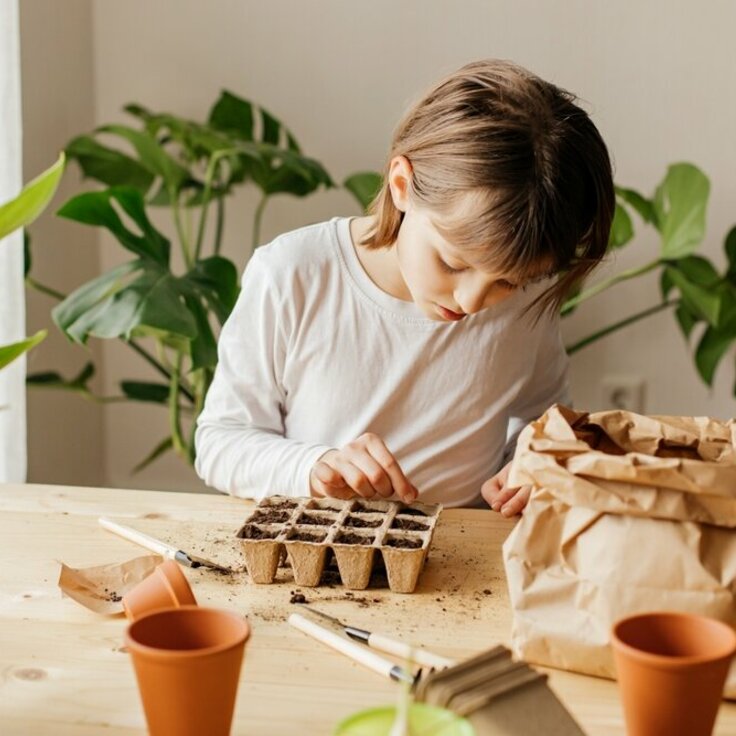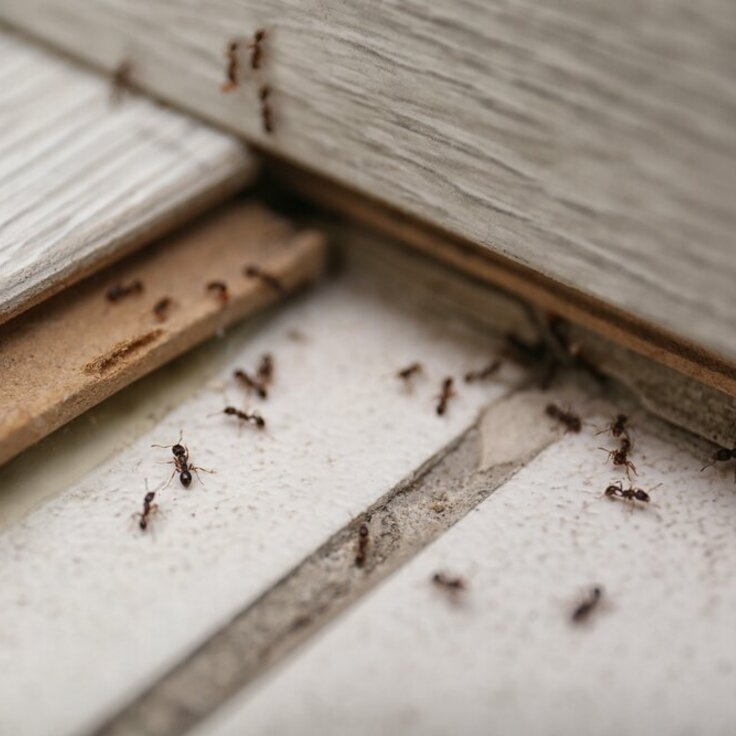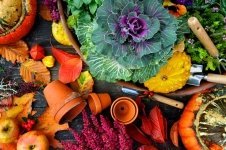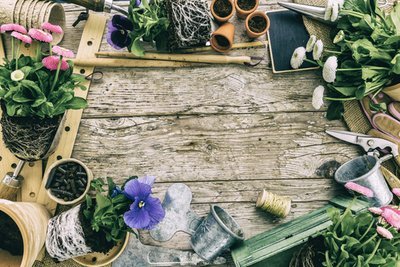Feeding roses
Graham Clarke explains that, if you feed your roses, they will repay you with dividends
Roses are hungry plants! Like most plants grown for their high levels of flowers, roses make quite heavy demands on the soil, and can soon deplet it of nutrients. The usual suspects of nitrogen (N), phosphates (P) and potash (K) are required by roses but, to flower well, they also need readily available amounts of calcium, boron, manganese, magnesium and iron. The last two elements, particularly, guard against premature leaf drop.
These are all available in the better rose fertilisers – and it is important to feed them now.
Powder or granular rose feeds, such as Bayer Garden’s Toprose and Miracle-Gro Rose ‘Plus’ can be sprinkled around the plants now. Apply a small handful per plant, in a wide area around the roots, and lightly hoe it in (without damaging any of the surface roots).
Liquid feeds, such as Doff’s Rose Feed Concentrate, are available in bottles. Most can be applied as foliar feeds (whereas the granule fertilisers are applied to the soil), which get into the plant’s sap stream more quickly. Repeat treatments every two to three weeks through the season will give you the best chance of a perfect display.
Without doubt, the very best rose growers tend to apply one granule feed in the spring, and another in June or July, and then supplement these with periodic liquid feeds.
Did I say that roses were hungry plants?!
QUICKTIP
If you just feed with liquid fertiliser, you should apply it fortnightly from June to September








